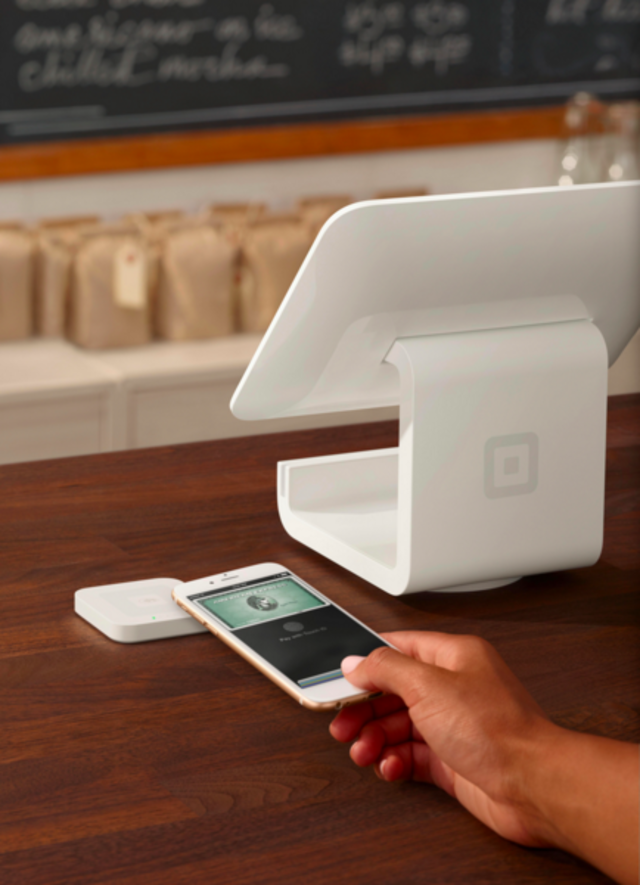Apple Inc. is on a path to world domination one industry at a time. The latest offering from the world’s largest tech company seeks to annex the wireless payment industry.
Apple Pay Later is the new service that provides users in the U.S. with the ability to “split the cost of an Apple Pay purchase into four equal payments spread over six weeks, with zero interest and no fees of any kind” according to Apple’s website. The app can be used anywhere Apple Pay is accepted online, or in-app using the Mastercard network.
The announcement came at Apple’s Worldwide Developers Conference (WWDC) this week and is expected to be most beneficial for small business owners.
Building the Foundation
Apple has been working its way into the digital payment market for several years now, launching Apple pay in 2015, the Apple credit card in 2019 and a service that will allow users to accept a payment directly on their iPhone, without having to use an external third-party credit card terminal earlier this year.
Square’s 2020 annual report revealed that in 2019 the company generated $3.1 billion of transaction-related revenues on $106 billion of TPV — this equates to an average of 290 bps, according to a Medium article by Jonothan Ching. Needless to say, an extra $3 billion in revenue for Apple would be a substantial windfall. And, the tech giant is in the unique position of having an established infrastructure through its hardware and software.
Disrupting the Industry
In 2020, Apple Pay accounted for about 5% of all card transactions, but the introduction of Apple Pay Later is aiming to bolster those numbers by targeting the “buy now, pay later” (BNPL) market currently dominated by services like Klarna, Affirm and Afterpay.
The buy now, pay later market is a $125 billion market, growing more than 25 percent per year, according to Inc.com. With Apple’s almost infinite resources, the move toward a growing market such as BNPL could be the smartest attempt at diversification the company has made in the last decade.
Move Aside
Apple can also avoid some of the challenges presented to other BNPL services. Instead of having to create partnerships between individual retailers, Apple Pay Later can be used with any retailer that already accepts Apple Pay in-store or online.
“For developers and merchants,” said Corey Fugman, senior director of Apple Pay and Wallet, “Apple Pay Later requires no integration. It just works using their standard Apple Pay implementation.”
With over one billion iPhones already in circulation providing a significant customer base for the service, and the 5% drop in Affirm’s stock price after the announcement, it looks ominous for the “little guys” standing in Apple’s way.











